The History of Silhouette Portraits
Originating in the early 18th century, silhouette portraits gained popularity as a form of affordable artwork. The word “”silhouette”” itself derives from Étienne de Silhouette, a French finance minister known for his frugal policies. As a result, this cost-effective art form became popular among all social classes.
Initially, silhouette portraits were created by tracing the subject’s profile onto a piece of paper or cardboard, which was then cut out with scissors. These black profiles were often mounted on a contrasting background to enhance their dramatic effect.
Fast-forward to the present day, and silhouette portraits have evolved with the advancement of technology. Digital software and laser cutting techniques now allow artists to create highly detailed and precise silhouettes, opening up new creative possibilities.
Techniques and Advancements
As artists continue to explore the art of silhouette portraits, various techniques and advancements have emerged. Here are some key techniques used by modern silhouette artists:
- Precision Cutting: With the advent of laser cutting technology, artists can achieve intricate details and complex designs in their silhouette portraits.
- Backlit Silhouettes: By using backlighting, artists can create a striking effect where the silhouette appears to be glowing, adding an extra layer of mystery and drama.
- Multi-Layered Silhouettes: Some artists experiment with creating multi-layered silhouettes, adding depth and dimension to their artworks.
- Combination of Media: Silhouette portraits don’t have to be limited to just paper. Artists often combine them with other mediums like painting or photography to create unique and captivating compositions.
The Impact of Silhouette Portraits
Silhouette portraits have a profound impact on the art community for several reasons:
- Symbolism: Silhouettes are often associated with mystery, anonymity, and storytelling. They allow viewers to interpret and create their narratives, making them highly engaging for art enthusiasts.
- Emotional Depth: Silhouette portraits can evoke powerful emotions due to their stark contrast and minimalistic approach. Their ability to capture the essence of a person or a scene in simple forms is truly remarkable.
- Accessibility: Silhouette portraits are accessible to both artists and art lovers. They are often more affordable compared to other art forms, making them an excellent choice for those seeking to add unique pieces to their collections.
The Future of Silhouette Portraits
As we move forward, silhouette portraits are likely to continue evolving with new technologies and artistic techniques. Artists will push the boundaries of creativity, combining traditional methods with digital advancements to create awe-inspiring pieces of art.
Key Takeaways
- Silhouette portraits originated in the 18th century as an affordable form of artwork.
- Advancements in technology have allowed artists to create intricate and complex silhouette portraits.
- Silhouette portraits evoke symbolism, emotions, and are accessible to a wide audience.
- The future of silhouette portraits will see a fusion of traditional and digital techniques.
So, whether you are an art enthusiast exploring new art forms or an aspiring artist looking to experiment with different techniques, silhouette portraits offer a world of artistic possibilities. With their ability to capture drama and mystery in a simple yet captivating way, silhouette portraits will undoubtedly continue to enthrall art lovers for generations to come.

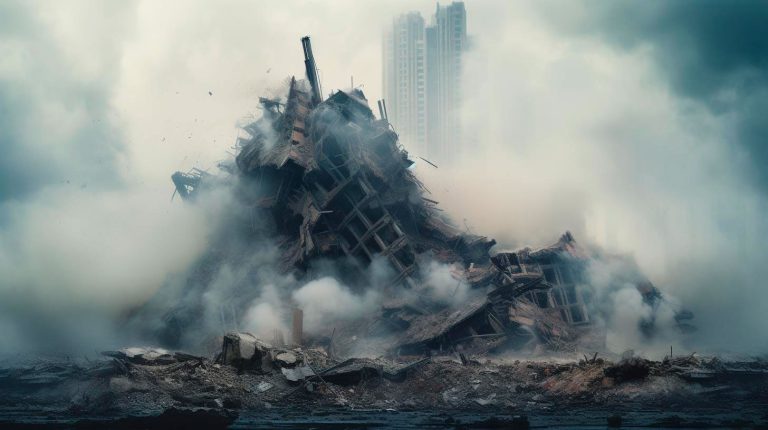

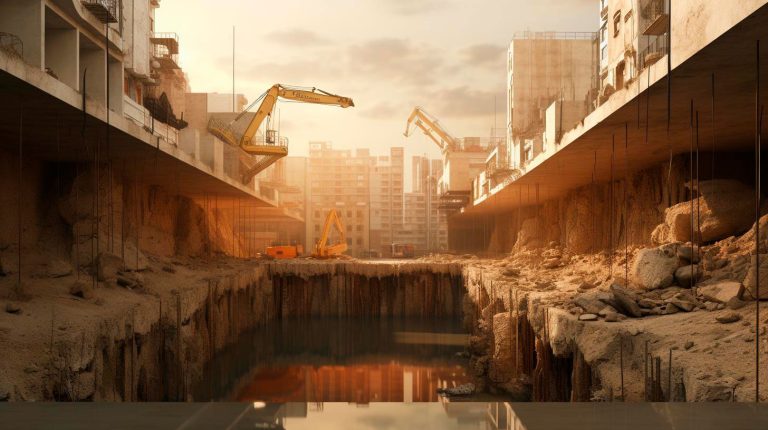

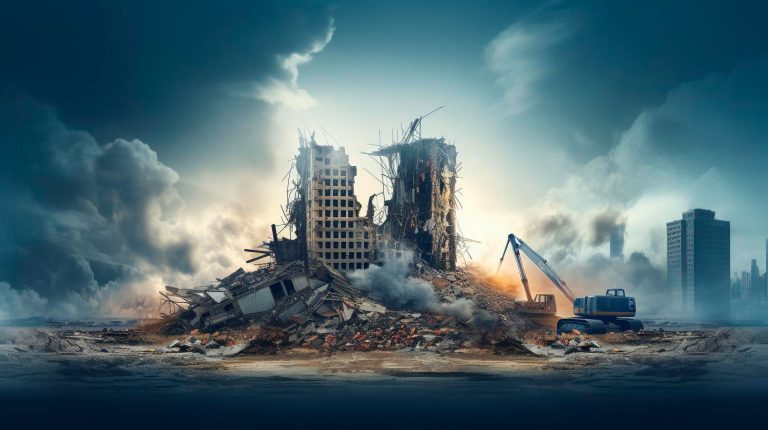
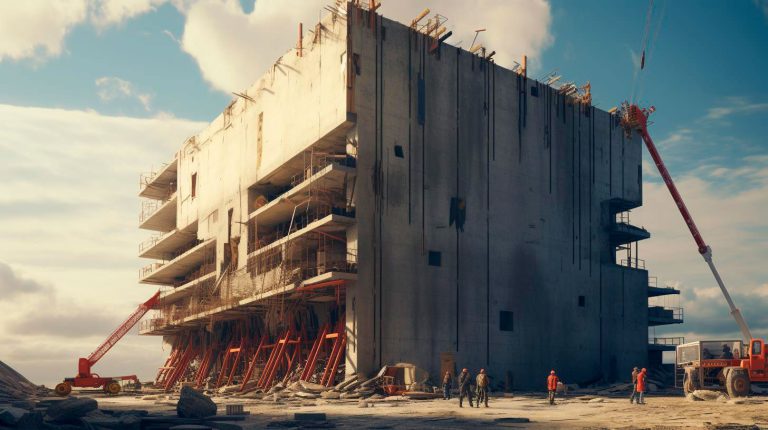

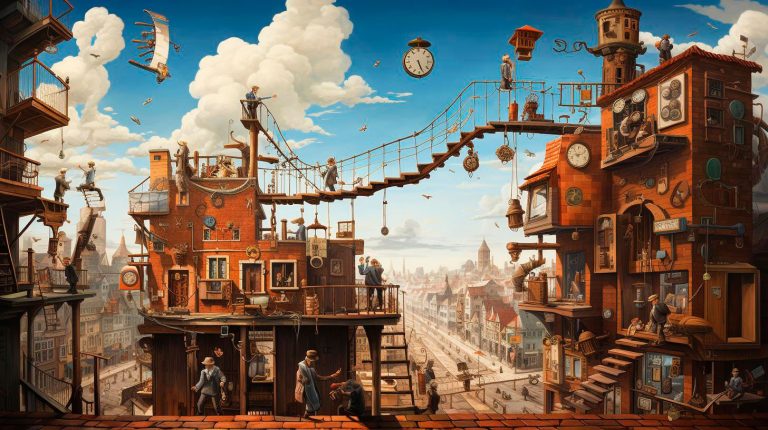








+ There are no comments
Add yours